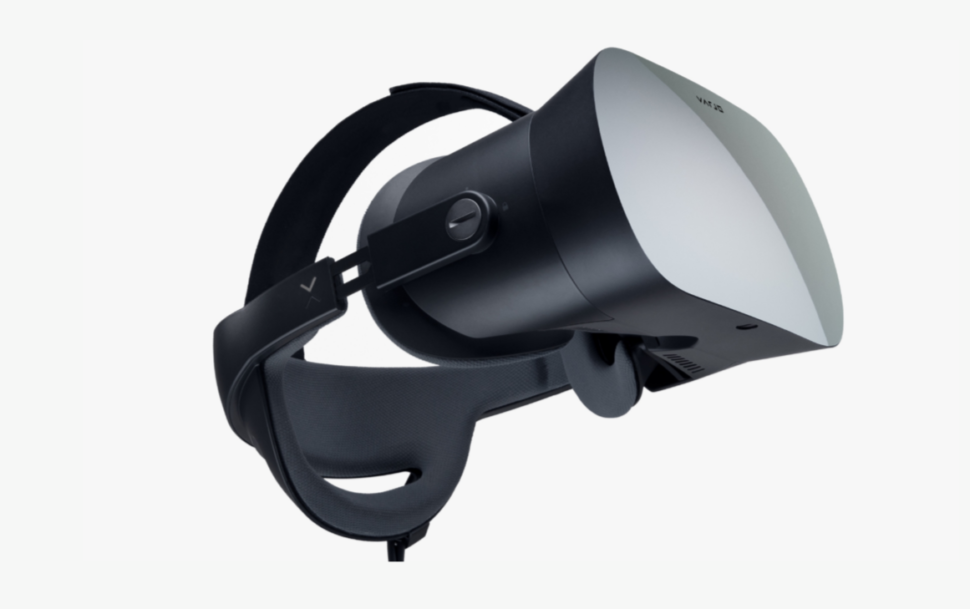It seems to be VR announcement season with big names making big moves recently. Microsoft even launched a teaser trailer for the next HoloLens iteration.
But Varjo released a new headset recently that promises “retina-quality fixed-foveated display” on top of eye-tracking. It comes in at a cool $6,000. The price tag is daunting; in fact, it adds up to three Galaxy Fold models, so does the tech deliver for such a big cost?
20x More Power at 20x the Average Headset Cost
The fixed-foveated display means that each eye gets its own display. The ultra-high pixel density covers a central ~20 degrees of your field of view (FOV). It also covers peripheral views at lower pixel density displays, as well, mimicking human vision.
The company claims that the central display offers 60 pixels per degree. That would make it 20 times more dense than other VR headsets on the market right now. It also operates at 60Hz using a context display at 90 Hz.
That means that the display should be equivalent to the fidelity of the human eye.
However, the FOV remains limited to just 87 degrees which is smaller than the HTC Vive’s or the Oculus Rift’s FOV. It’s certainly less than the experimental Pimax 8K VR headset that offers a 200-degree FOV.
This could be due to PC processing power limitations for your average consumer. Or it could simply have to do with Varjo’s core market for the VR-1 headset: industries.
Solving Problems for Non-Consumer Markets
Varjo claims that the VR-1 offers “unmatched precision and accuracy” using its stereo eye-tracking solution. As such, the headset makes it ideal for training and simulation in many industries like:
- automotion
- architecture
- engineering
- aeronautics
- construction
In fact, regular people like you and me cannot even purchase the headset. Of course, the prohibitively high price tag will keep most people away from it anyway.
The co-founder and Chief Product Officer of Varjo, Urho Konttori, talked to Upload VR about why the VR-1 was ideal for industrial use in the context of car designers:
For car designers, this is now actually the real deal…They can move much of their design process to stay purely virtual instead of having to do physical mockups. Because now everything can be replicated so incredibly well inside VR. You see exactly what you would see in the real world.
However, the eye-tracking isn’t perfect and struggles with users who have glasses. The headset itself is also a bit heavier than other at around 905g or roughly two lbs. But active airflow and the head cushion works with an adjustable, pivoting head strap help maintain comfortability.
In a curious twist though, the headset has no built-in audio. But it does come with SteamVR and a 30-meter wire PC tether for users to divine their own solutions.
The company plans to develop mixed-reality add-ons in the future.



















But does it run Crysis?